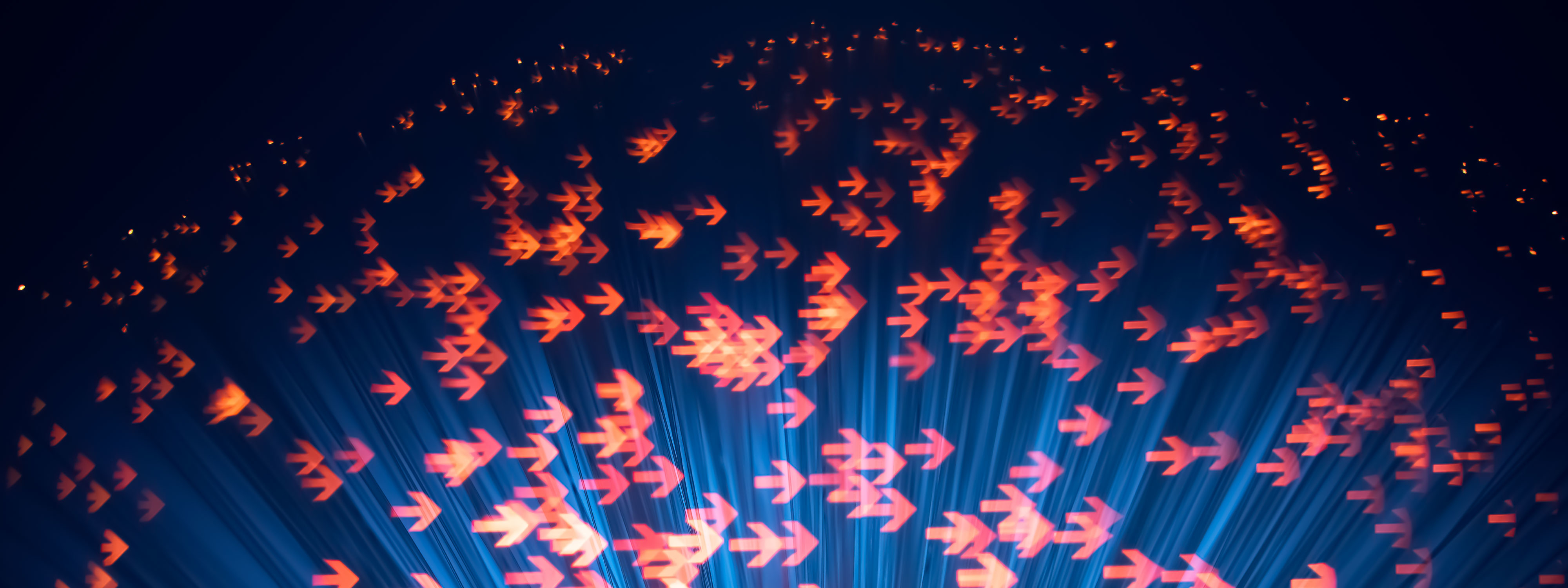
On February 13, 2024, the US Patent and Trademark Office (USPTO) issued examination guidance on the patentability of inventions developed with the assistance of artificial intelligence (AI) (the "Guidance").1 The Guidance is issued pursuant to President Biden's executive order from October 30, 2023, tasking the USPTO with publishing guidance to patent examiners and applicants on inventorship and use of AI (the "Executive Order")2 (which we previously discussed here) and follows case law and the USPTO's standing policy that AI itself cannot be listed as an inventor. The Guidance provides insights on how the USPTO will analyze inventorship issues when AI systems play a role in the inventive process.
The Guidance reiterates the Federal Circuit's Thaler v. Vidal holding that "only a natural person can be an inventor, so AI cannot be",3 while explaining that AI-assisted inventions are "not categorically unpatentable." The Guidance explains that the inventorship analysis for AI-assisted inventions turns on whether a natural person has significantly contributed to the claimed invention and that the use of an AI system does not, in and of itself, preclude a natural person from qualifying as an inventor.
When determining the significance of the human contribution, the USPTO will consider the Pannu factors (traditionally applied when determining joint inventorship). Accordingly, an inventor must:
- Contribute in some significant manner to the conception or reduction to practice of the invention,
- Make a contribution that is not insignificant in quality, when that contribution is measured against the dimension of the full invention, and
- Do more than merely explain to the real inventors well-known concepts and/or the current state of the art.
The Guidance then goes on to say that determining whether a person's contribution to an AI-assisted invention is significant "may be difficult to ascertain, and there is no bright-line test," but sets forth certain non-exhaustive guiding principles to help inform this analysis, namely:
- Simply presenting a problem to an AI system is unlikely to constitute significant contribution (but this could possibly be shown by the way the natural person constructs the AI system prompts in view of a specific problem to elicit a particular solution)
- A person who merely recognizes and appreciates an output of an AI system as inventive (particularly when apparent to those of ordinary skill) is not necessarily an inventor, but a person who takes the output of an AI system and makes a significant contribution to it (or conducts a successful experiment using it) may be
- In some cases, the person who designs, builds or trains an AI system in view of a specific problem to elicit a particular solution could be listed as an inventor, where the designing, building or training is a significant contribution to the invention created by the AI system
- However, mere ownership or oversight of an AI system that is used to create an invention does not, by itself, constitute significant human contribution
- A natural person must make a significant contribution to each and every claim in the patent or patent application (not just some of them)
Unsurprisingly, the Guidance stresses that the significant contribution determination is made on a claim-by-claim and case-by-case basis, in each instance turning on its own set of facts. As such, the gray areas between the clear examples provided in the Guidance will likely be decided by the Courts and the USPTO. The Guidance is open to comments until May 13, 2024, and may change; but in the meantime, inventors seeking patent protection for their AI-assisted inventions should consider carefully documenting the human contributions made during the inventive process, on a claim-by-claim basis, including:
- The technology used, and to the extent the AI system has been designed, built or trained in view of a specific problem, the nature and details of such design, build and training; and
- The steps taken, including the prompts outlining the specific problem to be solved or outcome to be achieved, the AI system outputs, subsequent experimentation and refinement with respect to outputs (including further prompting or independent experimentation).
1 Inventorship Guidance for AI-assisted Inventions, USPTO, Feb. 13, 2024, available at: https://www.uspto.gov/about-us/events/inventorship-guidance-ai-assisted-inventions-webinar
2 Executive Order on the Safe, Secure, and Trustworthy Development and Use of Artificial Intelligence, The White House, Oct. 30, 2023, available at: https://www.whitehouse.gov/briefing-room/presidential-actions/2023/10/30/executive-order-on-the-safe-secure-and-trustworthy-development-and-use-of-artificial-intelligence/
3 Thaler v. Vidal, 43 F.4th 1207, 1213 (Fed. Cir. 2022), cert denied, 143 S. Ct. 1783 (2023).
White & Case means the international legal practice comprising White & Case LLP, a New York State registered limited liability partnership, White & Case LLP, a limited liability partnership incorporated under English law and all other affiliated partnerships, companies and entities.
This article is prepared for the general information of interested persons. It is not, and does not attempt to be, comprehensive in nature. Due to the general nature of its content, it should not be regarded as legal advice.
© 2024 White & Case LLP


